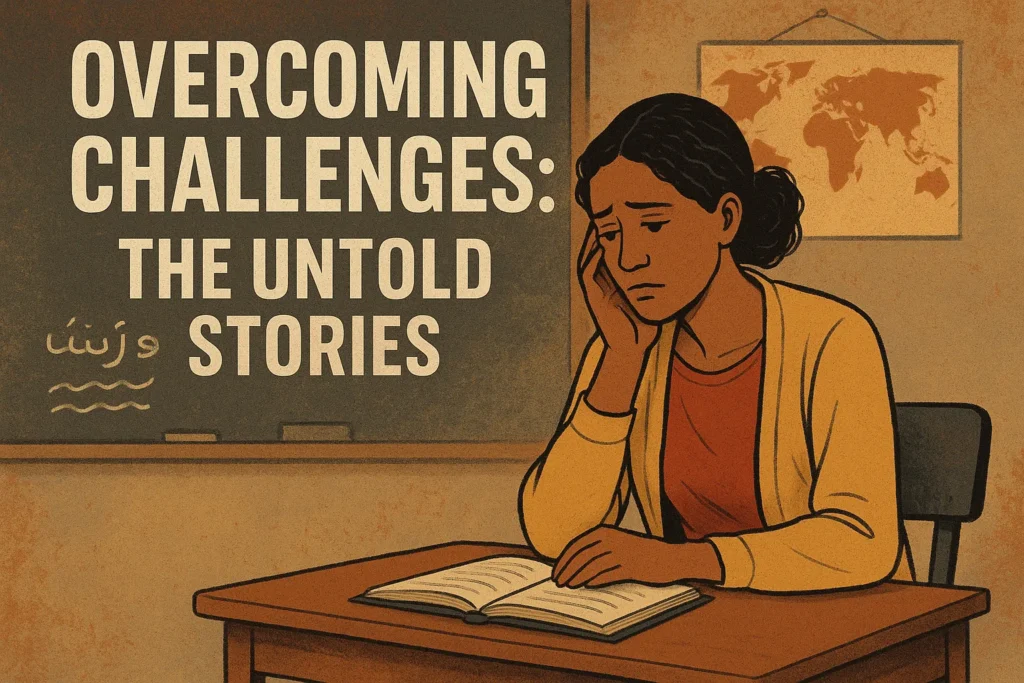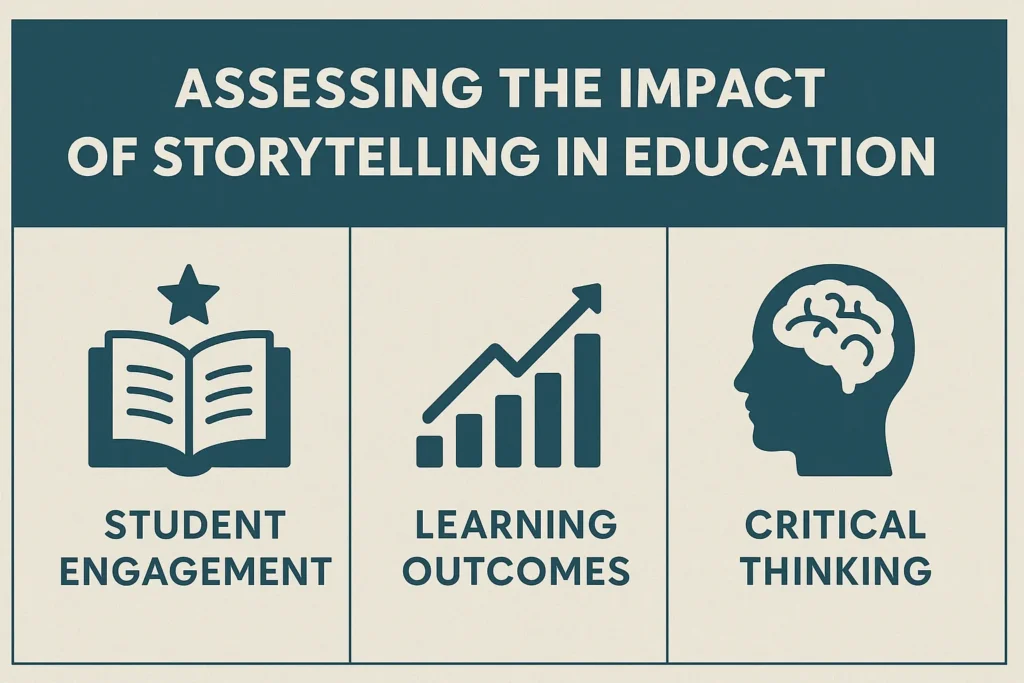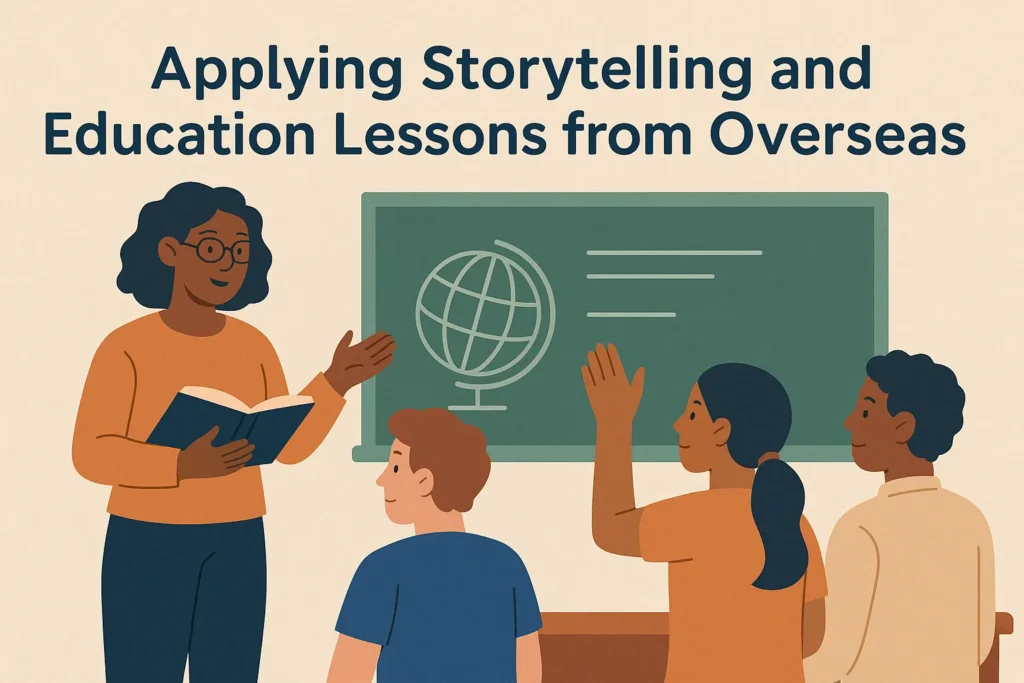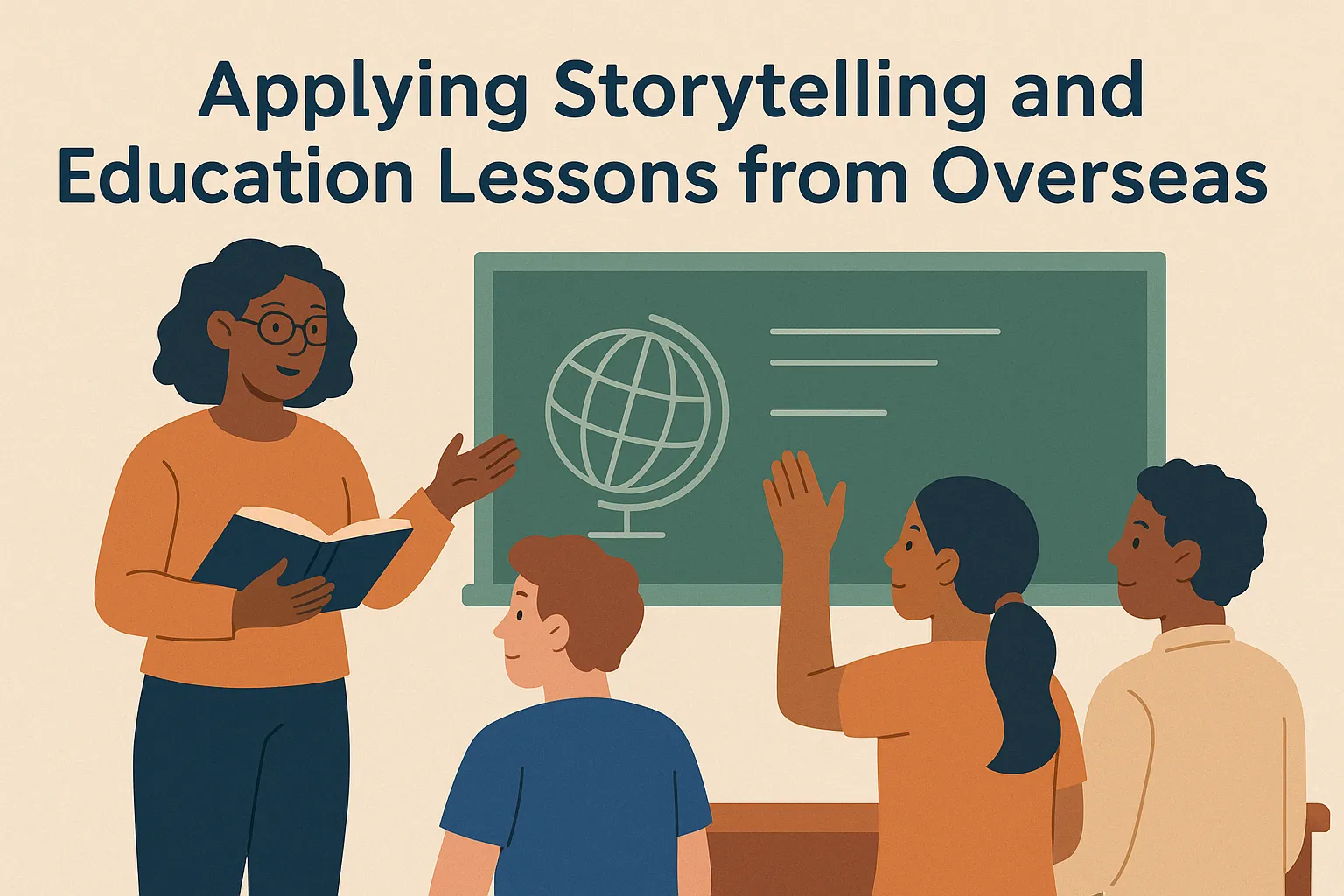“The classroom is the world, and every lesson is a story waiting to be told.” For anyone who’s leapt to teach abroad, this hits home. Imagine standing before a room filled with eager faces, their backgrounds as diverse as the landscapes beyond your window. It’s not just the students who learn. Teachers gain invaluable lessons too, shaped by experiences that cross borders.
Teaching overseas isn’t just about sharing facts. It’s about telling stories that connect us, spark inspiration, and lead to meaningful change. It shows how powerful storytelling can be in education. Yet, many teachers still face a common challenge: finding meaningful ways to engage students from different cultural backgrounds while also supporting their personal growth.
In this post, we’ll explore the beautiful connection between storytelling and education. Whether you’re preparing for an overseas adventure or reflecting on your current teaching journey, you’ll get actionable insights from real-life experiences that can help guide your path forward.
The Art of Storytelling and Education in the Classroom
Stories are the heartbeat of human connection. In the classroom, they do more than entertain:

- Ignite Curiosity: Engage students’ natural desire to explore.
- Grow Empathy: Build understanding through diverse perspectives.
- Anchor Complex Concepts: Relate lessons to real-life narratives.
While storytelling is often associated with language arts, its potential stretches far beyond.
Practical Insight:
- Integrate storytelling and education in STEM subjects.
- Transform lessons into narratives. For example, a teacher in Japan turned abstract algebra into a detective story, with students solving “mathematical mysteries.”
- In science, narrate Marie Curie’s discoveries to turn dry facts into tales of resilience and brilliance.
However, Edutopia offers resources on cross-disciplinary storytelling strategies. This can be helpful for individuals.
Cultural Immersion: Where Stories Become Life Lessons
Living and teaching in a foreign country is an education in itself. Every day presents a new lesson like:
- Cultural Sensitivity: Understanding diverse backgrounds.
- Adaptability: Adjusting teaching methods to fit new environments.
- Perspective: Seeing the world through different lenses.
Real Example: An educator in Morocco struggled with classroom dynamics until she embraced local storytelling traditions, incorporating Moroccan folktales into lessons, and creating genuine connections. Learn more about culturally responsive teaching from Teaching Tolerance.
Have you ever adapted a lesson to fit a different cultural context? How did it change the student experience?
Overcoming Challenges: The Untold Stories
Explore the less glamorous, often hidden struggles faced by teachers abroad, such as language barriers, limited resources, and homesickness. These experiences, though challenging, are powerful growth opportunities.

Gain Practical insight through a real-life example of a teacher in Thailand who creatively used her surroundings as teaching material when textbooks weren’t available. This highlights adaptability as a key lesson.
It shows how introducing local environments can enhance learning outcomes. These experiences, though challenging, are powerful growth opportunities.
Behind picturesque posts lie real stories:
- Overcoming language barriers
- Managing limited resources
- Coping with homesickness
- These challenges foster growth.
Practical Insight:
- Use your environment as teaching material.
- A teacher in rural Thailand taught English without textbooks, turning market trips and festivals into vocabulary lessons.
- Adaptability enriched her students’ learning and deepened her resilience.
Storytelling as a Tool for Professional Growth
Storytelling is presented as a transformative tool not just for students but also for educators’ personal and professional development. Reflective practices, such as blogging or journaling, help teachers gain deeper insights into their experiences.
A case study of a teacher in South Korea demonstrates how sharing authentic stories can create global connections, contribute to educational discourse, and foster continuous learning.
The focus is on self-reflection, professional development, and global exchange. as a transformative tool not just for students but also for educators’ personal and professional development. The section discusses how reflective practices, such as blogging or journaling, help teachers gain deeper insights into their experiences.
Storytelling and education aren’t confined to the classroom; they’re powerful tools for:
- Self-Reflection: Gain insights from personal experiences.
- Professional Development: Share lessons with a broader community.
- Global Exchange: Connect with educators worldwide.
Real Example: An educator’s blog about teaching in South Korea gained traction for its honest reflections on cultural misunderstandings and growth. Platforms like Medium are excellent for sharing such narratives.
Assessing the Impact of Storytelling in Education
Address the often-overlooked challenge of measuring storytelling’s effectiveness in educational settings. Practical assessment methods like student-created narratives, classroom discussions, and reflective essays can gauge engagement and comprehension.

An example from Brazil showcases how students’ storytelling about scientific concepts can reinforce understanding while revealing their creativity.
The emphasis is on formative assessments and innovative ways to evaluate learning beyond traditional testing. The often-overlooked challenge of measuring storytelling’s effectiveness in educational settings.
While storytelling’s qualitative impact is evident, assessing its effectiveness can be challenging. Teachers can measure engagement through:
- Student-Created Narratives
- Classroom Discussions
- Reflective Essays
Practical Insight:
- Implement storytelling assessments.
- A teacher in Brazil had students craft stories based on scientific concepts, reinforcing understanding and revealing creative thinking.
- Resources on formative assessment techniques can offer further guidance.
Applying Storytelling and Education Lessons from Overseas
Lessons from teaching abroad aren’t confined to international classrooms. While these experiences are rooted in international settings, the competencies developed include adaptability, cultural awareness, and creative problem-solving. These skills can be applied in any educational environment.
Adaptability means adjusting your teaching style to fit different situations. This skill is especially important when you’re immersed in a new culture or educational system.

Cultural awareness involves understanding and valuing different perspectives, which creates a more inclusive and empathetic classroom.
Creative problem-solving is essential for handling challenges like language differences or limited resources, inspiring fresh approaches to teaching.
Together, these skills not only enhance your teaching but also strengthen your relationships, leadership, and overall growth in any setting.
Practical Insight:
- Incorporate global stories and diverse perspectives into any curriculum to enrich learning environments.
- Whether in London, Lagos, or Lima, storytelling and education remain powerful tools for connection and growth.
Starting the New Chapters
Teaching overseas is more than a job; it’s a transformative journey, a collection of stories woven from challenges, triumphs, and everyday moments. These stories shape better educators and inspire lifelong learners.
But the story doesn’t end here. Whether you’re an educator seeking fresh inspiration or someone reflecting on your global teaching experiences, there’s always more to learn and share. Visit Tales from a Barstool to discover more inspiring stories from educators worldwide, exchange ideas, and contribute your own narrative.
Reflect and Engage:
- What story will you tell?
- How can your experiences inspire others?
Join a community passionate about storytelling and education, where your voice adds value and your experiences inspire fellow educators worldwide.
So, what story will you tell? And more importantly, what lessons will it teach both your students and you?
